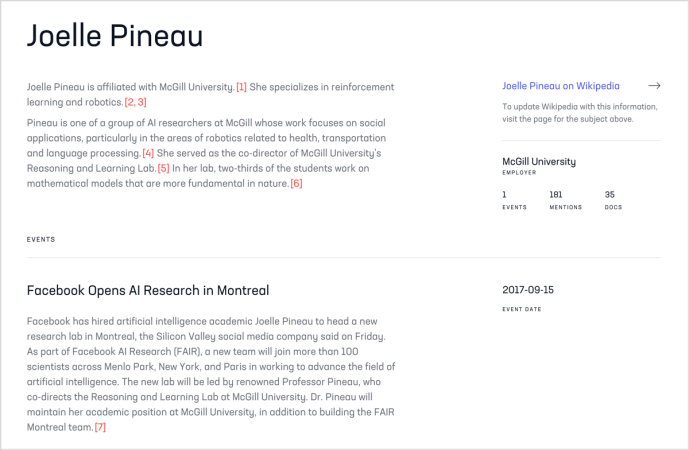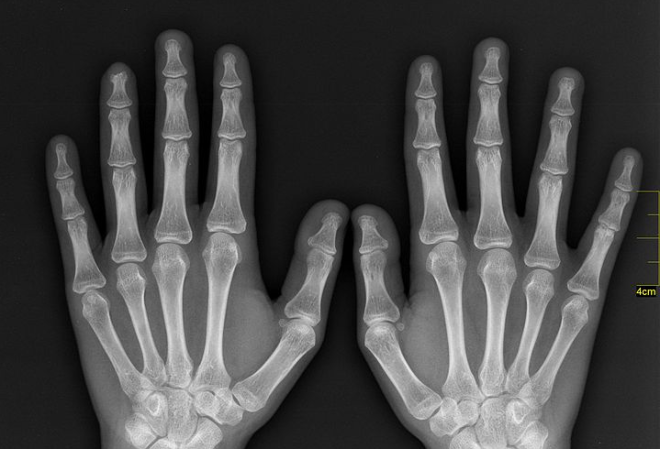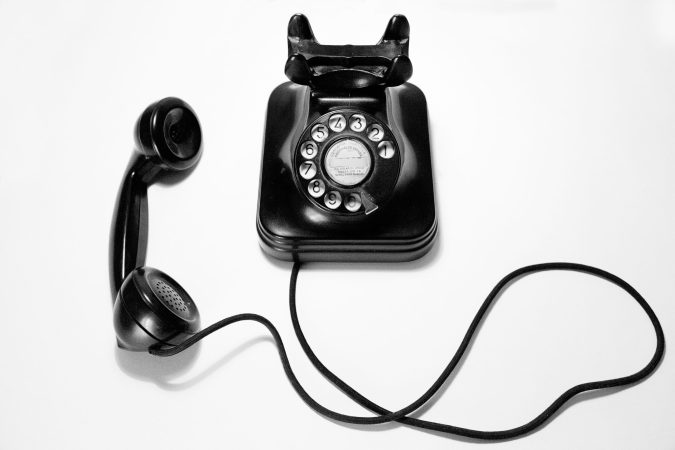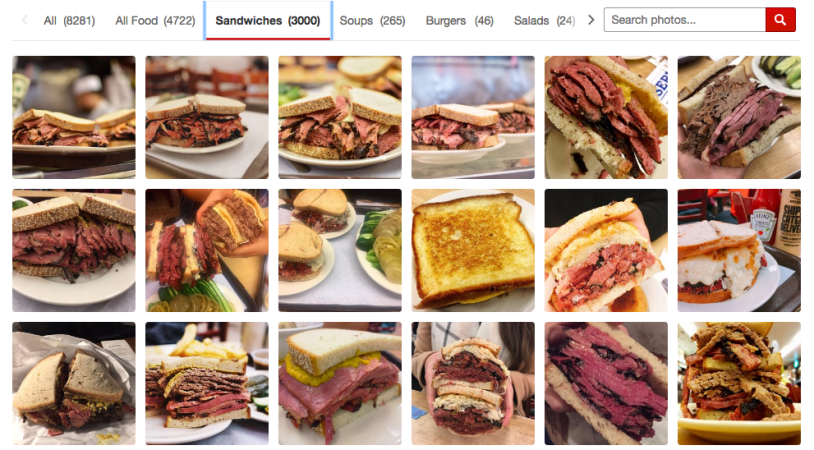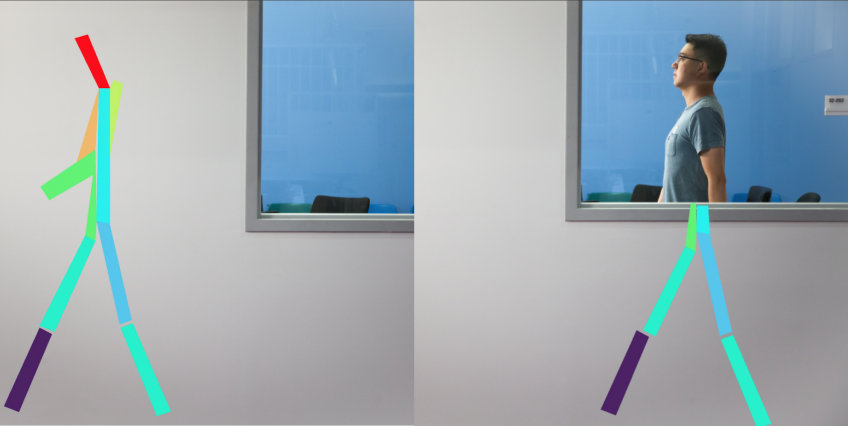

The general public tends to be comfortable with a certain amount of automation in their lives. Most frequent fliers understand that even though there are two pilots in the cockpit of the plane jetting them from one place to another, those human aviators are relying on autopilot for routine parts of the flight. A commercial airliner can even land itself if needed, although it’s bothersome for the pilots to set up that process. And military drones were designed from the ground up to fly with no one on board—a concept that these days feels pretty normal.
What might seem a little scarier is the idea of taking a regular ol’ aircraft like a King Air—a two-engine turboprop—and converting it to fly totally autonomously, with no humans on board. A new outfit called Merlin Labs has announced a plan to do just that with Virginia-based company Dynamic Aviation. Merlin has been testing their system in the Mojave Desert since 2019, albeit with a safety pilot on the plane.
“What we’re developing is hardware and software that takes big traditional airplanes, at least right now, [and] enables them to fly autonomously,” says Matthew George, the CEO and founder of Merlin Labs. “But in the future, what we’re building truly is a digital pilot—it could be applied to future types of aircraft that don’t exist yet.” While they’ve used their system on different models of planes, their newest and biggest focus is on the King Air, specifically the 90 series.
The company’s goal is for the system to be able to handle all the tasks a human pilot might execute, “from takeoff to touchdown,” George says. They’re also hoping to achieve FAA certification, which is the stamp of approval needed for a company to use the new tech to charge for services, like flying cargo.
[Related: This surprisingly common flight issue contributed to Kobe Bryant’s helicopter crash]
He emphasizes that they’re not developing a system where humans are remotely flying the aircraft from the ground, like what happens with the MQ-9 Reaper. In those cases, the link between the aircraft and the terrestrial world below is mission-critical. The Merlin system is different. “We believe the autonomy needs to be on the aircraft,” George says, adding that a person on the ground would be “monitoring, but not the primary controller of the aircraft.” He explains that a single person might even watch over multiple missions from terra firma at once.
The plane’s autonomy extends to being able to touch base with authorities on the ground. “We believe the aircraft itself needs to do all the functions that a human pilot does, and that absolutely includes communicating with air traffic control,” he says.

All of this could enable a totally uncrewed aircraft to execute missions that are, as George puts, “dull, dirty, dangerous.” With its deal with Dynamic Aviation, Merlin is working with an aviation company that, according to its website, has over 140 airplanes and carries out tasks like ISR flights (that stands for Intelligence, Surveillance, and Reconnaissance) and data collection. Merlin will be retrofitting a whopping 55 of their aircraft for autonomy. “Those aircraft are used for a wide variety of missions—everything from helping fighting fires in California, to agricultural missions, all the way to providing geospatial data for the federal government,” George says.
It’s hard to picture a robot airplane doing something tricky like fighting a fire—something humans do with tanker planes—but flying around and keeping a lookout makes more sense. George ticks off “fire surveillance” as one mission, and “maritime patrol” as another. Those offshore patrols, he notes, are one way that the US government could save money and keep humans safely on the ground.
Thinking about an airplane being used in this way—a boring surveillance flight over the ocean—makes more sense than a large pilotless commercial aircraft with passengers on board. Even George, who leads a company focused on aviation autonomy, doesn’t see that happening. “I don’t think that there is a world in which there is an unmanned 737 carrying passengers,” he says. A more sensible step up from an autonomous King Air could be a larger plane, hauling cargo, with just one human pilot and a supplemental Merlin copilot. Or perhaps a smaller uncrewed plane with a Merlin system on board could help fulfil ecommerce orders.
[Related: Joby’s electric aircraft inches us closer to a future full of flying taxis]
And then there are questions about safety. What if one of the airplane’s two engines failed—could the digital pilot handle it? George says that that’s where predetermined emergency procedures help out, as checklists already exist for how to handle scenarios like those. “That’s something we’re thinking a lot about,” he adds, to “integrate that into autonomy.”

Even if the plane’s flight takes it mostly over water or other uninhabited areas, it could still presumably pose a risk to people on the ground if an incident occurred around takeoff or landing. Could the AI scope out a spot to land as safely as possible if it couldn’t reach a runway? “We’re actively thinking about that and working with the regulator to try to define what the art of the possible is,” George says. (Upshot of dealing with a totally empty airplane: you could hypothetically divert it into the ocean.)
And while a human pilot can use their eyes to scope out hazards like power lines, a robot aviator (or the human monitoring the flight from the ground) would need to rely on onboard cameras or sensors. “Once again we’re still working on it with the regulator,” he notes, mentioning “a video feed and likely also other types of sensor feeds as well.”
Ultimately, the push for autonomy is just one big theme in aviation innovation right now, with other related concepts being electric air taxis (which also could be highly automated) that will someday, just maybe, whisk people around cities—perhaps without a human pilot in control.


